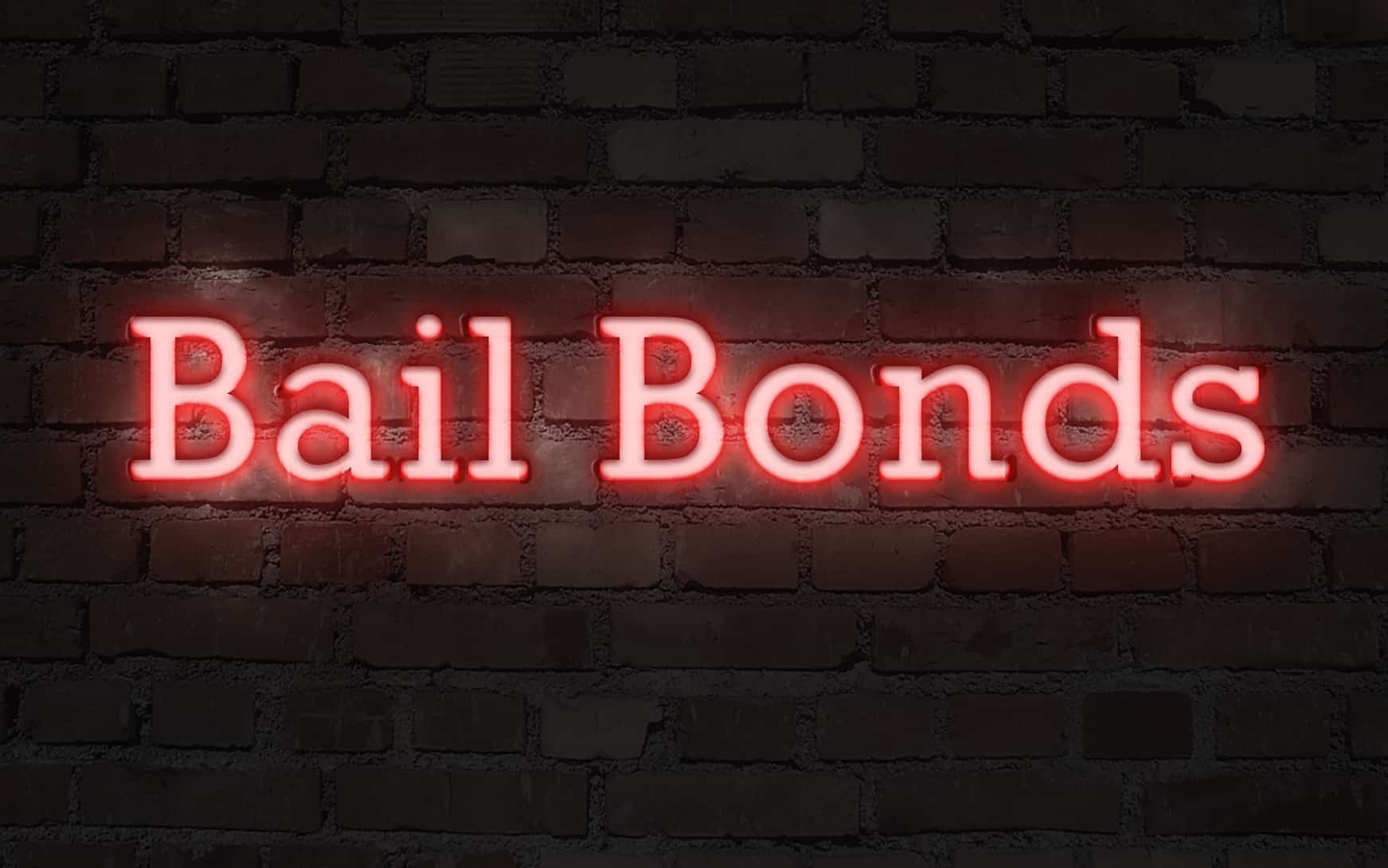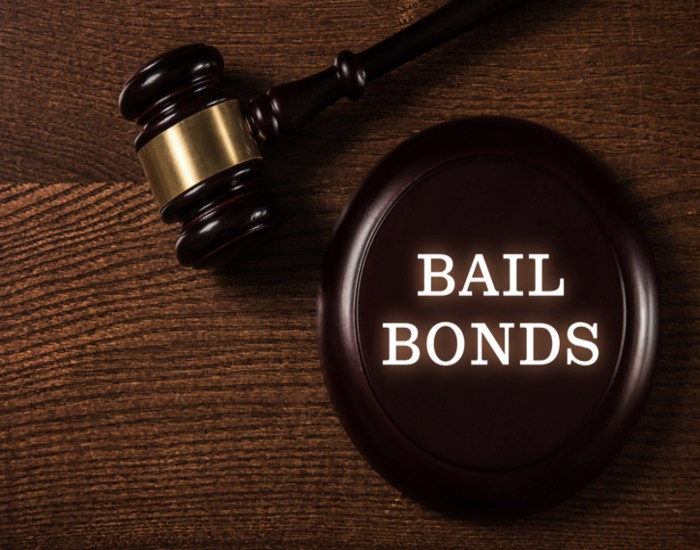Bail Bond Company Canton Ohio: Professional Bail Bonds for Quick Release
Bail Bond Company Canton Ohio: Professional Bail Bonds for Quick Release
Blog Article
Comprehending How a Bail Bond Works and Its Effect On the Legal Process
The principle of a bail bond works as an important mechanism within the lawful process, enabling offenders a pathway to safeguard their release while awaiting test. By recognizing the complexities of this process, including the duties of bail bondsmen and the financial effects, one can value exactly how access to bail substantially affects legal outcomes. Disparities in bail cost raise pressing concerns about systemic inequalities and their more comprehensive social effect. What repercussions emerge when the capacity to pay establishes one's freedom? Checking out these dimensions reveals a complicated interaction deserving of further evaluation.
What Is a Bail Bond?
A bail bond is a legally binding contract that functions as a financial assurance for the launch of an accused individual from jail while they wait for trial. This device allows accuseds to secure their temporary flexibility by giving a financial assurance to the court that they will certainly stand for all scheduled hearings - stark county bail bonds. The bond amount is usually set by a court based on aspects such as the extent of the offense, the offender's criminal history, and the danger of flight
bail bonds can be uploaded by the accused or with a Bail bondsman, that charges a non-refundable cost, normally a percentage of the overall bail amount, in exchange for thinking the economic danger. If the defendant stops working to show up in court, the bail bond becomes surrendered, and the court may issue a warrant for the individual's arrest. In such cases, the bail bondsman is frequently charged with nailing the accused and locating to reduce their economic loss.
In significance, bail bonds offer an essential role in the judicial system by stabilizing the anticipation of innocence with the demand to make sure court appearances, thus promoting the accused's right to get ready for their situation beyond imprisonment.

The bail Process Clarified
Browsing the bail procedure can frequently really feel frustrating for those not familiar with the lawful system. The bail procedure normally begins after a person is jailed and scheduled. Now, a judge will certainly establish the bail quantity, which is meant to make sure the defendant's look at future court dates. Elements affecting this decision consist of the nature of the alleged criminal activity, the accused's criminal history, and their ties to the area.
Once the bail amount is set, the defendant or their rep can choose to pay the total in cash, schedule a bail bond, or demand a Bail hearing for a potential decrease. If a bail bond is picked, a licensed bondsman normally bills a non-refundable charge, normally around 10% of the total bail amount, for assuring the court that the accused will certainly show up for all called for procedures.
Upon payment, the bondsman will certainly upload the bail with the court, protecting the defendant's launch. It is essential for the offender to follow all court days; failing to do so can lead to the forfeit of the bail and extra legal consequences.
Kinds Of bail Bonds
bail bonds been available in various forms, each made to meet different needs and conditions within the legal structure. The most common type is the surety bond, where a bondsman gives the complete bail amount for a fee, commonly 10-15% of the total bail. This arrangement enables offenders to safeguard their launch without needing to pay the whole bail upfront.
Another type is the cash money bond, which needs the offender or a third party to pay the complete bail amount in cash money. This choice is typically favored for its simplicity, as the money is returned upon the offender's court look, minus any kind of management charges.
Property bonds include making use of property as collateral for bail. The residential property has to be valued at or over the bail amount, and if the accused fails to show up in court, the court might take the property.
Last but not least, there are federal bonds, created especially for additional resources federal instances, which often lug different terms and problems. Comprehending these different kinds of bail bonds is vital for offenders and their family members as they navigate the intricacies of the legal system. Each kind serves a distinctive function, guaranteeing a variety of choices for securing launch from custody.

Role of bail Bonds in Legal Results
Usually overlooked, the role of bail bonds dramatically influences legal end results for offenders. bail works as a device to make sure that people waiting for test can continue to be without incarceration, thus allowing them to take part better in their defense. The availability of bail bonds enables defendants that might not have the financial methods to post bail directly to safeguard their launch, which can lead to extra positive lawful outcomes.
When accuseds are out on bail, they have the opportunity to collect evidence, speak with legal advise, and prepare their case without the stress of jail arrest. This Related Site increased accessibility to resources and assistance can result in boosted chances of negotiating appeal offers or obtaining a much more lax sentence. The ability to preserve employment and household links while waiting for trial can add to a much more positive understanding in court.

Effects for Defendants and Society
The effects of the bail bond system expand past private accuseds, affecting culture in its entirety. For many defendants, especially those from reduced socioeconomic backgrounds, the inability to pay for bail can lead to long term pretrial apprehension. This situation frequently results in work loss, disrupted family dynamics, and boosted possibility of pleading guilty to lower fees to protect release, despite real shame.
Additionally, the social consequences are significant (stark county bail bonds). A high dependence on bail bonds can perpetuate inequalities in the justice system, as wealthier individuals can safeguard their liberty much more quickly while poorer offenders remain incarcerated. This difference increases honest concerns regarding the fairness of the legal procedure and the wider ramifications for public count on in the justice system
Additionally, pretrial apprehension can escalate criminal habits, contributing to higher relapse prices and raised pressure on neighborhood sources. The bail bond system, for that reason, not only affects the immediate circumstances of accuseds yet additionally has significant effects on social stability and public safety and security. Resolving these implications is important for producing a more fair legal structure that safeguards both specific legal rights and the wider passions of culture.
Final Thought
In conclusion, recognizing the technicians of bail bonds is necessary for navigating the legal system efficiently. The capability to protect short-lived release from imprisonment via the repayment of a bond considerably influences legal results for accuseds, enabling much better preparation of their defense. The effects of bail bonds expand past private cases, revealing systemic inequalities that affect areas and contribute to more comprehensive societal issues, such as relapse and financial instability.
The concept of a bail bond offers as a crucial system within the legal procedure, permitting offenders a path to protect their release while awaiting test. By recognizing the intricacies of this procedure, consisting of the functions of bail bondsmen and the financial implications, one can appreciate how accessibility to bail significantly influences lawful outcomes.bail bonds can be published by the defendant or with a Bail bondsman, who bills a non-refundable cost, normally a portion of the complete bail amount, in exchange pop over to this web-site for presuming the financial risk. The most common type is the guaranty bond, where a Bail bondsman offers the complete bail amount for a cost, commonly 10-15% of the complete bail. The availability of bail bonds allows accuseds that might not have the economic ways to post bail directly to secure their release, which can lead to a lot more favorable legal results.
Report this page